Back in August I had read about a recently-completed land art work in Nevada created by Michael Heizer called, simply, City (found in the Artnet article After More Than 50 Years, Reclusive Artist Michael Heizer Is Finally Ready to Unveil ‘City,’ His Life’s Work. Here’s What It Looks Like). It is a sprawling, 1-1/2 mile by 1/2 mile area in the desert consisting of several large-scale and widely-spaced concrete abstractions, precisely sculpted mounds, and wide paths. I immediately reacted to images of it with an ineffable and religious awe. I imagine walking through it would be like being transported to a city 10,000 years in the future. The structures and intents would be beyond understanding but still intimate a hidden meaning. That feeling hasn’t gone away.
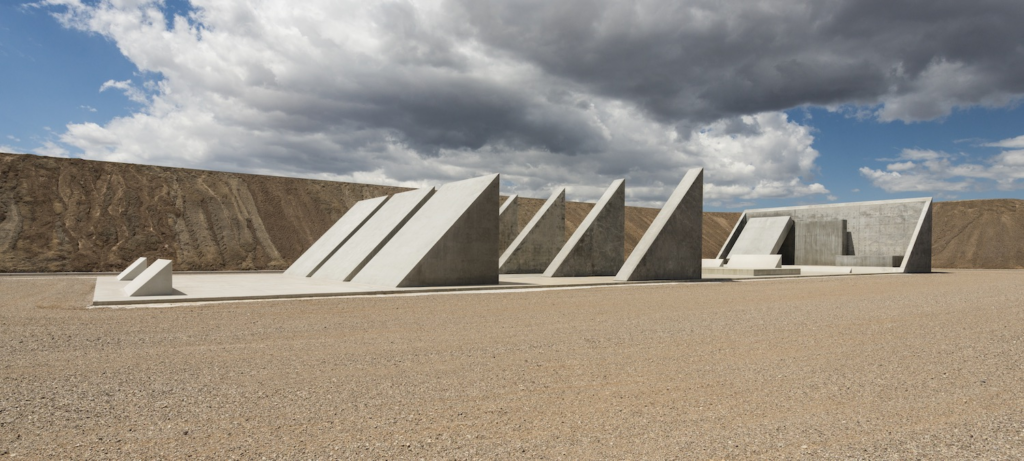
Over Thanksgiving, we stayed with my brother- and sister-in-law at a house her family owns in the country outside of Folkston, GA. It is isolated on a 100-acre plot next to a pond and surrounded by pine forests and thick fields of grasses and weeds. Cut throughout are a few dispersed “roads” of varying widths where the plants have been cut low, along with a wider causeway of sorts cleared by the government for a powerline. Every morning I would go for a 30-40 minute walk via these roads and over three days never repeated my routes.
Back in June, a week before I was supposed to start my current job, I took a trip on my Vespa to a north Georgia trail to go hiking. The Vespa ride was an adventure in itself (note: when you ask Google to avoid highways on your route, sometimes it just can’t) but that hike and others I’ve gone on through forested trails created a different and wholly unrelated emotional response than what the Folkston walks were and what I anticipate the City walk will be. It feels obvious to say. The interiority of the more enclosing hikes through forests and trails with visibility of 10 to 15 meters becomes an exterior awe when you are moving across open expanses. It is contemplation versus humility.
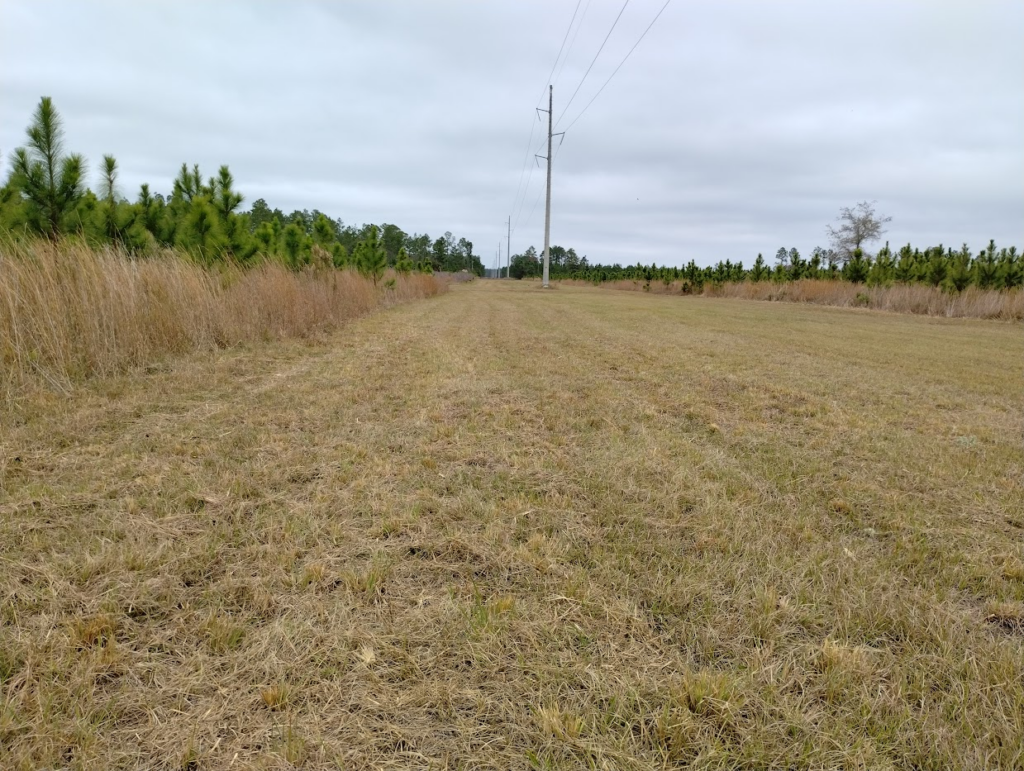
Land art has been around since the 60s and gets a bad rap for being overly masculine, think: men aggressively taming Mother Nature, and most/all do appear on the surface to be simply grand gestures of domination (images below are from Wikipedia, also note the artists’ genders):
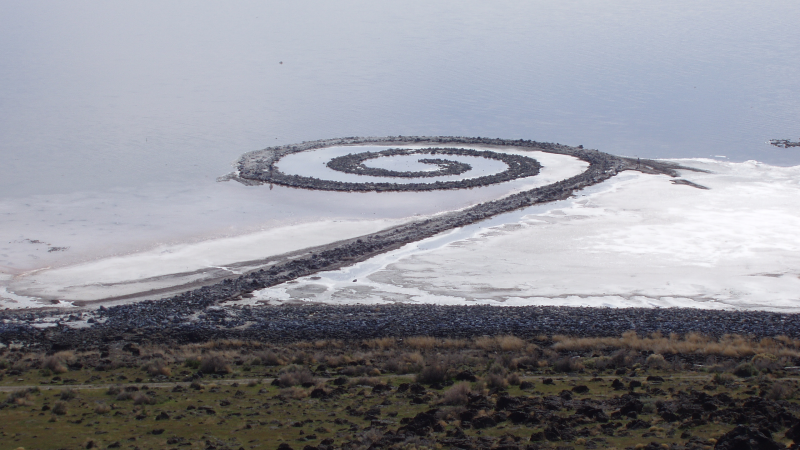
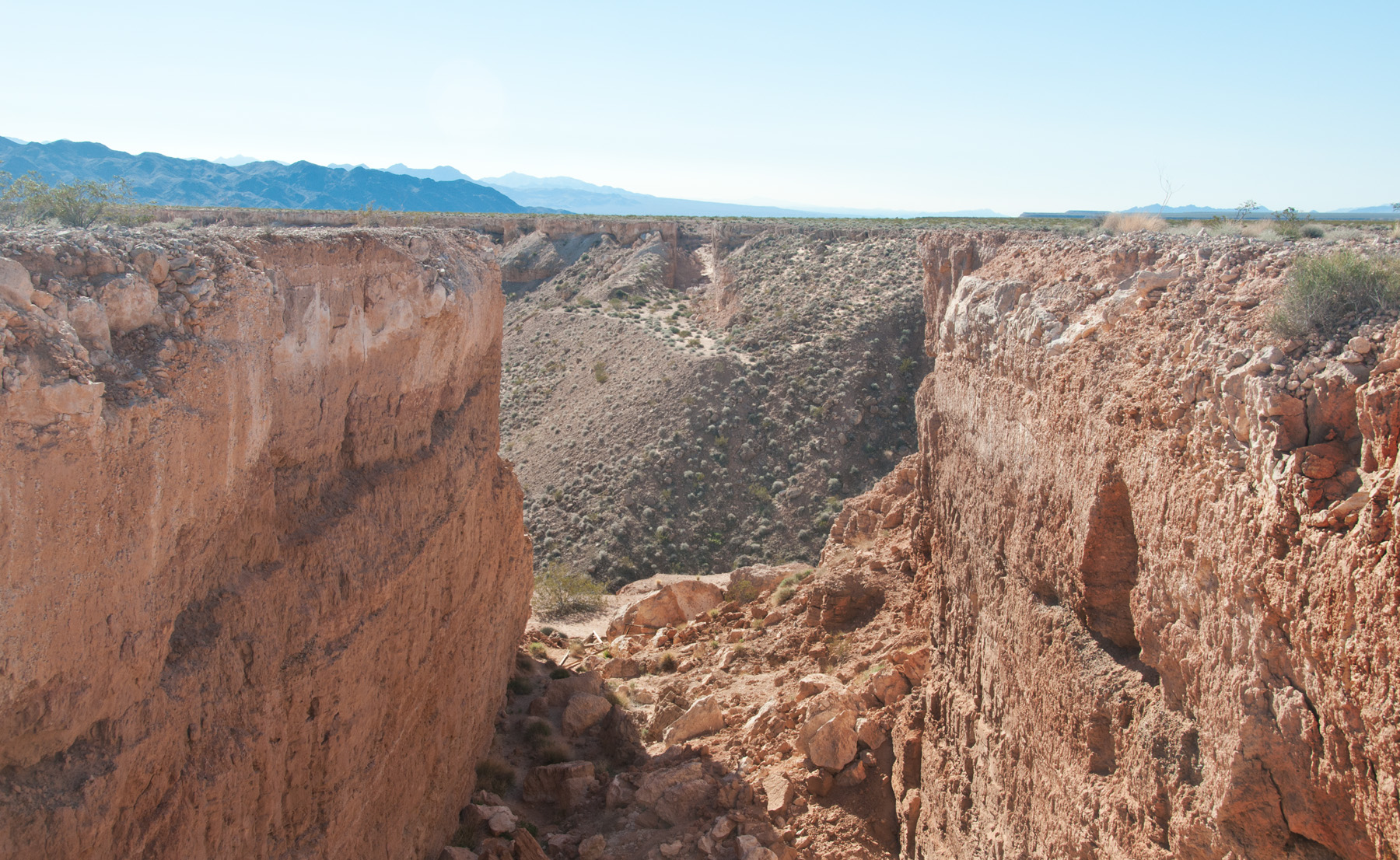
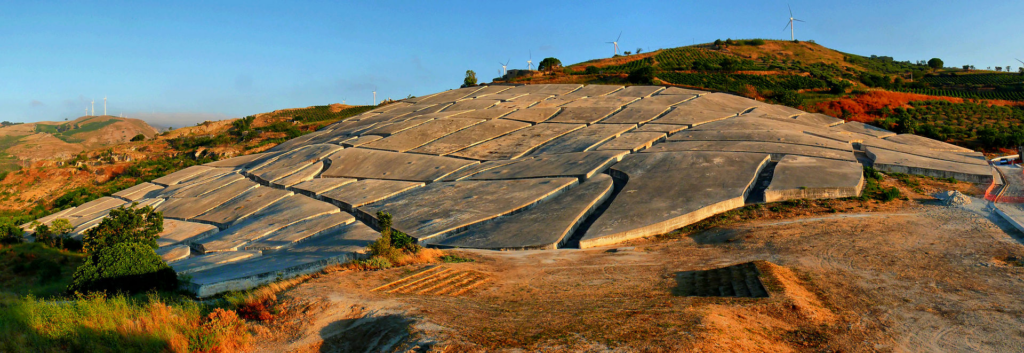
But the effect may not fit the accusation. Sculpture is generally not criticized as “domination of stone” and painting not “domination of canvas” no matter the scale. Land art seems a natural extension of the drive to manipulate materials for expressive intent since sculpture is often, as “pure” art or as cultural memorial, as immersive as land art. Certainly, my response to simply walking through clearings in a field (even though they were created from the necessity of utility as opposed to the desire for expression) speaks to the expressive power of using the Earth as a medium.
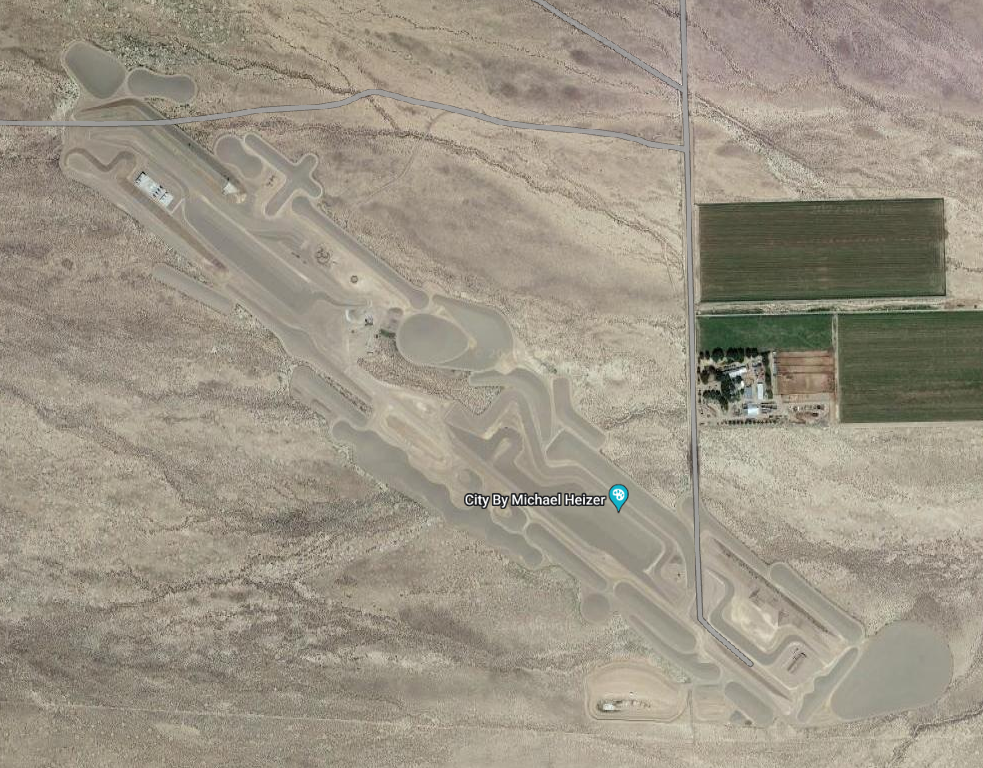
Tickets for City can be applied for starting January of next year. An alert is in my calendar.
The 2022 season has sold out and closed, but please consider applying for tickets beginning Jan 2, 2023. In your query, please include the number of guests in your party (up to 6 people), a preferred reservation date between May 16th and November 9th, 2023, and several alternative reservation dates. Reservations are handled on a first-come, first-served basis. Please note that reservations should not be considered final until you receive confirmation via email.
Michael Heizer’s City Open to the Public from Travel Nevada